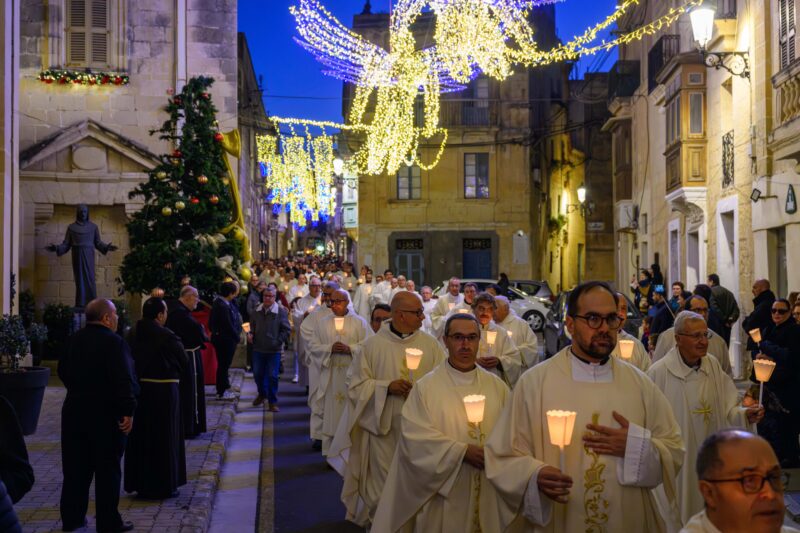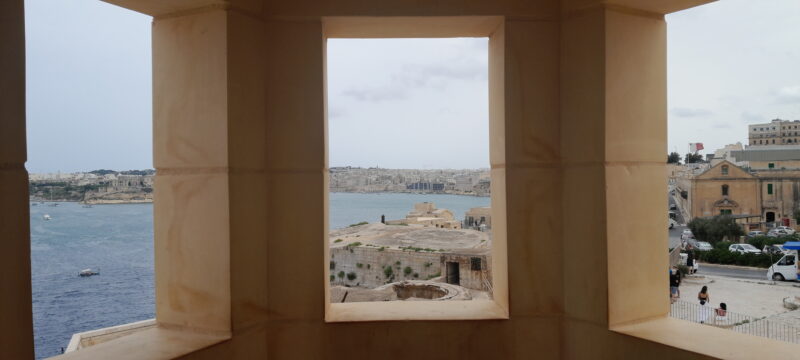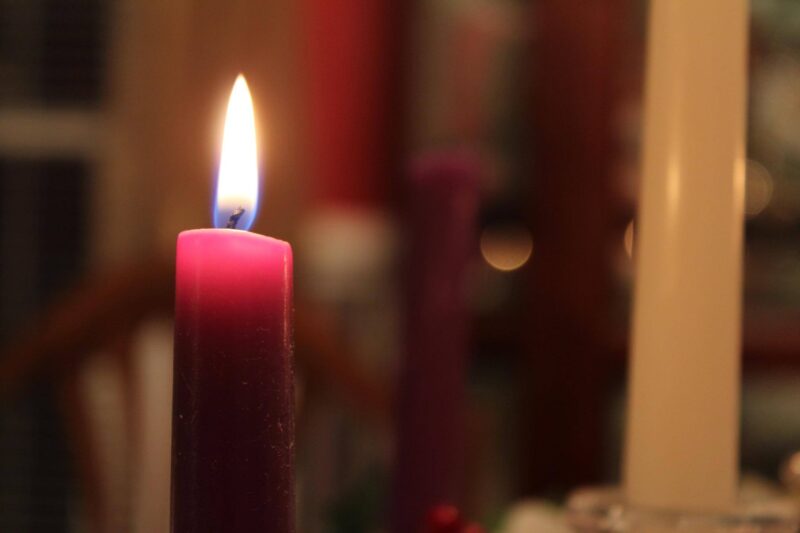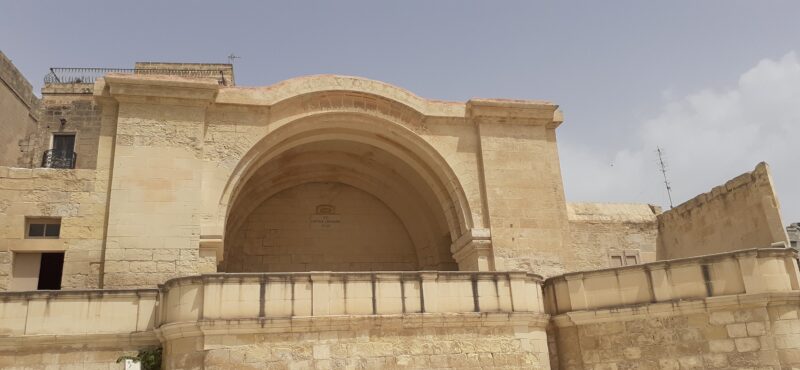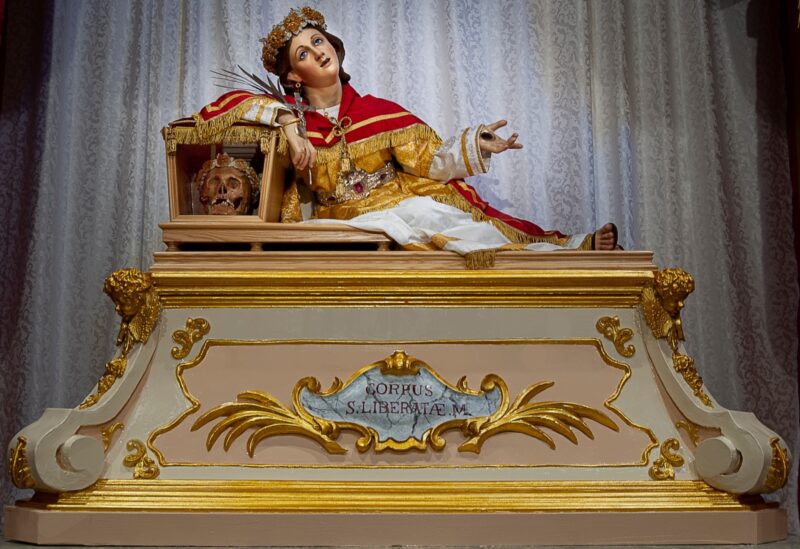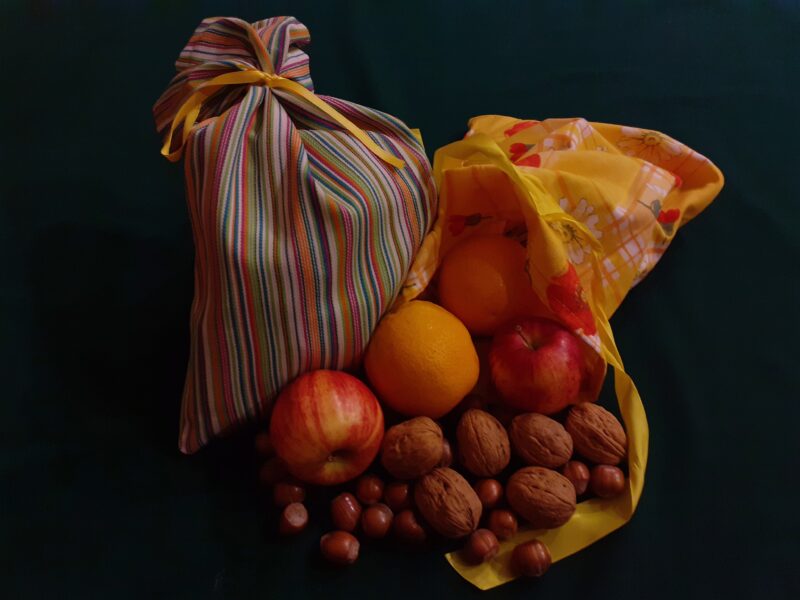In Maltese we have several phrases through which we express our good wishes for Christmas. There are direct expressions such as “Il-Milied it-tajjeb!” (“Merry Christmas!”) and then “Is-sena t-tajba!” (“Happy New Year!”) once 25 December has passed. On cards and in official letters we generally combine Christmas and New Year wishes. Then we also have generic expressions such as “Awguri!” or “All the best!”—the latter probably more common among the more “mature” generations.
But “Awguri!” and “Ol di best!” for what, I ask? Perhaps, some might say, so as not to hurt anyone’s feelings. True, but then we risk falling into the absurdity of celebrating without having any reason to celebrate. And, after all, why should it be offensive for me to celebrate something I believe in, and for others to rejoice with me? I too wish others joy and happiness in a celebration which may mean nothing to me but is meaningful to them. I respect it and I acknowledge it!
So perhaps it is better to say “Il-festi t-tajba!” because that is certainly neutral! … But is it really so? “Il-festi t-tajba!” is not the equivalent of “Season’s Greetings” in English, as some might believe, as though good wishes were simply part of the decorations that stay up for weeks on end, as if the Christmas season has neither a beginning nor an end. We Christians, who are supposed to know what we are celebrating and truly believe in it, say “Il-festi t-tajba!” in Malta precisely because we believe that the mystery we are rejoicing in during these days is so great that it cannot be contained within a single celebration.
After the spiritual preparation of Advent, 25 December is only the beginning! We begin by celebrating the birth of God made man, and we continue to rejoice in this for a full eight days, known as the Octave, during which we celebrate a number of feasts connected with this great birth. We start with Saint Stephen on 26 December, who was the first to be born into heaven after the death and resurrection of Jesus. Then comes Saint John the Evangelist and the disciple closest to Jesus, who, instead of a birth narrative, opens his Gospel with an elaborate theology of this mystery, expressed in poetic language. There is also the massacre of the Innocents by Herod, who, without realising it, were made sharers in the work of redemption. And of course, we cannot fail to celebrate the Holy Family!
These eight days conclude with the Solemnity of Mary, Mother of God, in which we also remember the circumcision of the child after eight days, according to Mosaic law, and the giving of the name “Jesus,” which in itself means salvation.
And, if you think that all this is enough to convince you how many feasts we have to rejoice in, be patient, because the greatest is still to come—il-kbir għadu ġej! Although in our country it has lost some of its prominence, the Epiphany of the Lord—the manifestation of Christ to the nations represented by the Magi—is liturgically considered to be on the same level as Christmas. Indeed, traditionally it was given even greater importance, to the extent that the main churches of our island were decorated almost for the titular feast for the Epiphany rather than for Christmas. We see this emphasis also in the different rites of the East, precisely because we rejoice not only with the birth of the Saviour of the world, but even more because he was revealed to us who are not part of the Jewish people, but are children of the nations upon whom the Light has shone and driven away the darkness. In the Latin Rite, this solemnity is extended until the Feast of the Baptism of the Lord, when the Father revealed Jesus as his beloved Son.
With good reason, then, we say “Il-festi t-tajba!” because, through a series of feasts, we celebrate one mystery in its many aspects. And this mystery is so great that, yes, we wish “Il-festi t-tajba!” even to those who do not share our faith, because we also wish for them to taste the sweetness of God’s love for all humanity.




